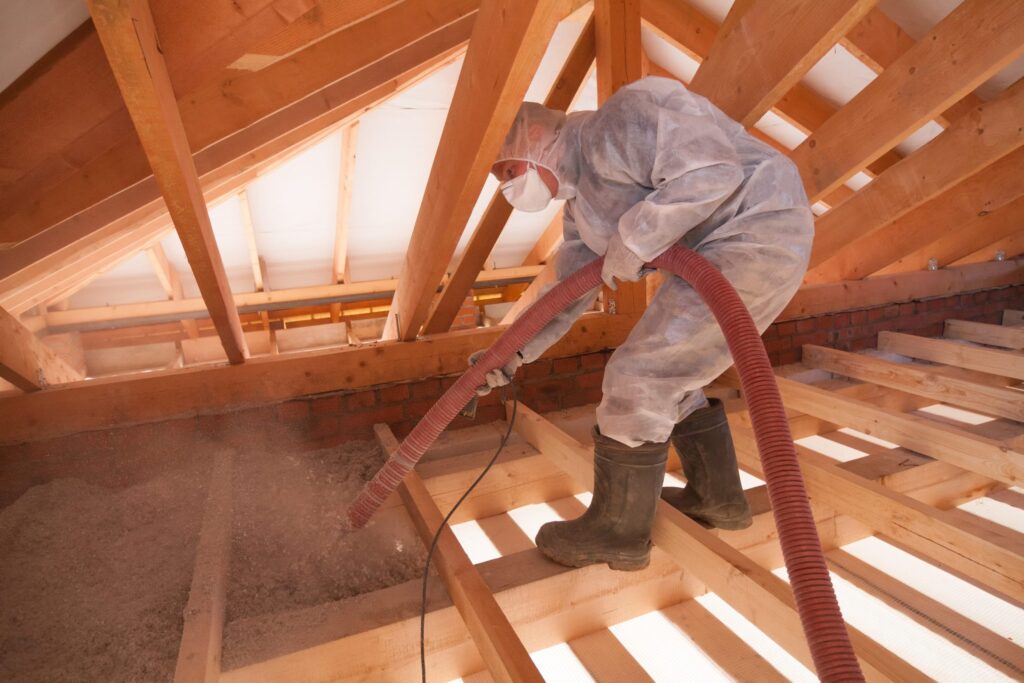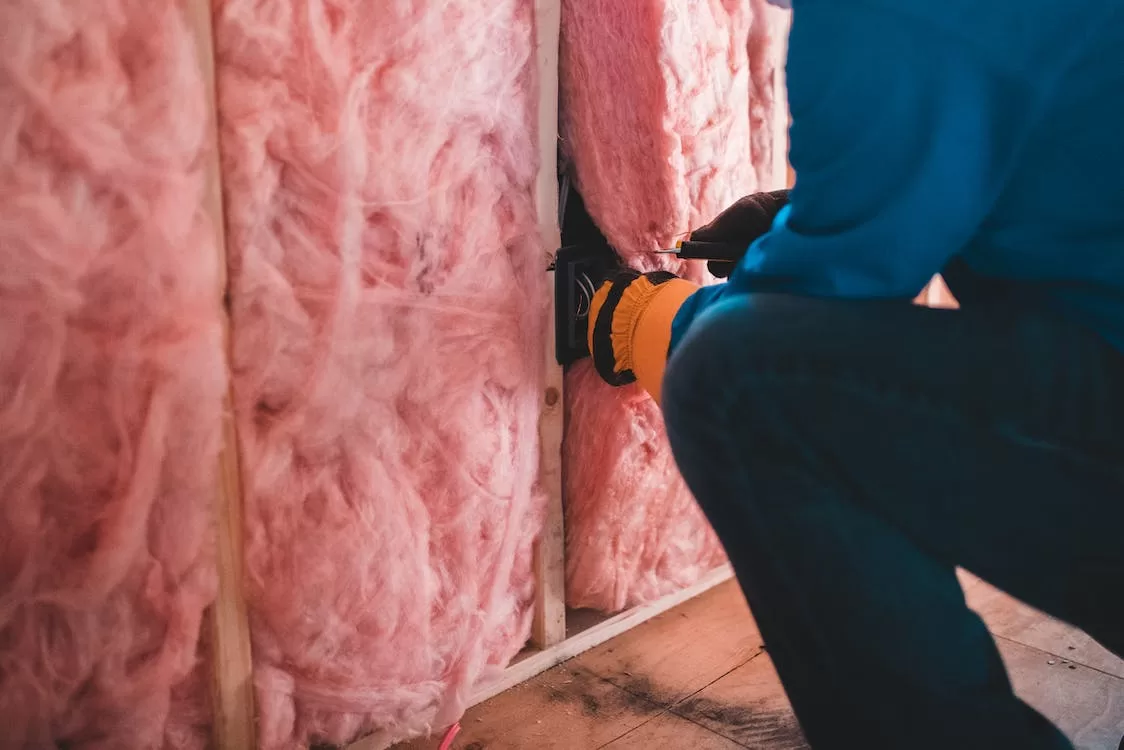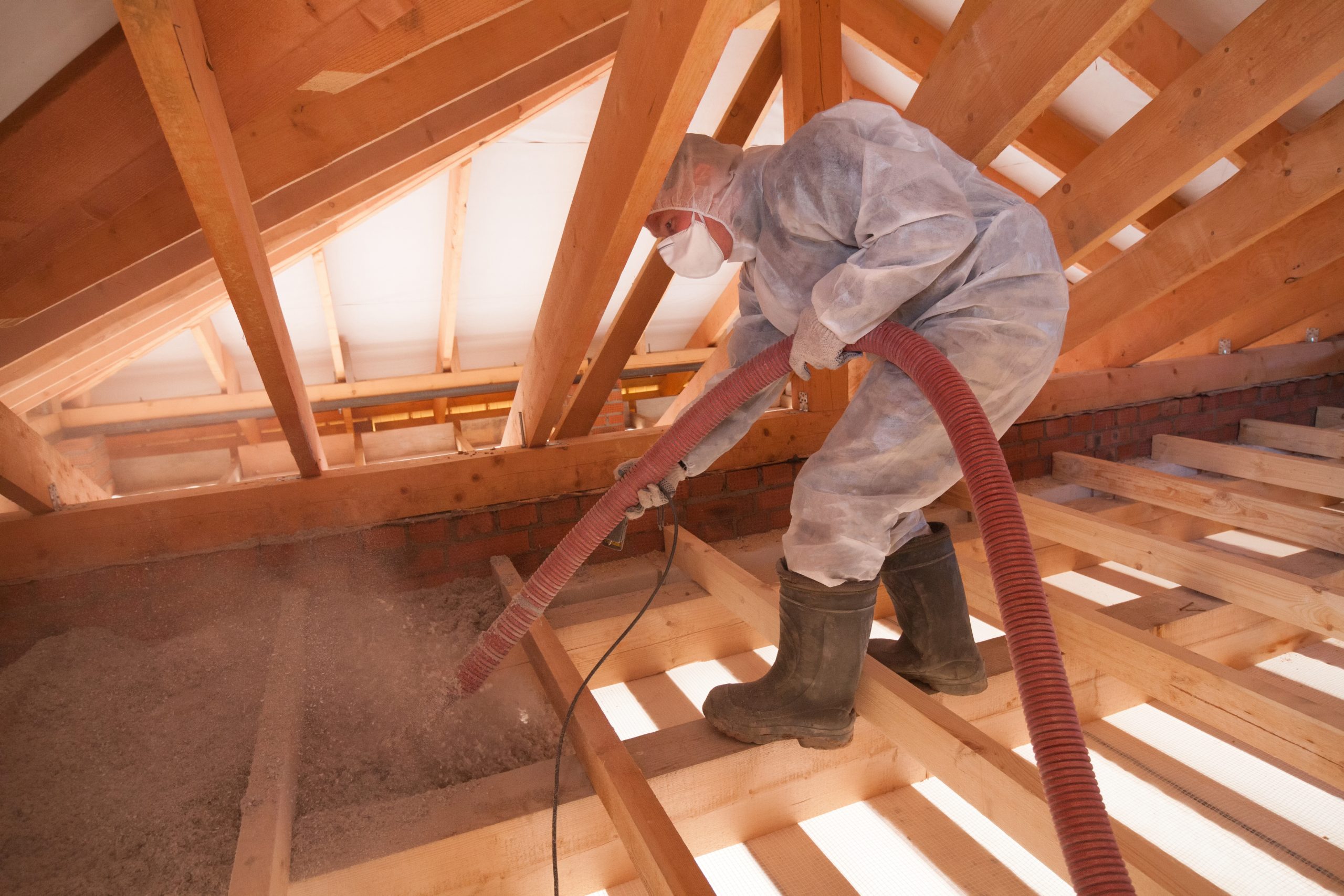Why Choose Us
Warranty
All of our systems are backed by a worry-free warranty.
Best Installers
Our installation team has the experience, smarts and credentials to do it right the first time.
Insured
When you're transforming your home, you need to know your protected.
Free Inspection
With a free inspection, you can get to the root cause without uprooting your finances.









